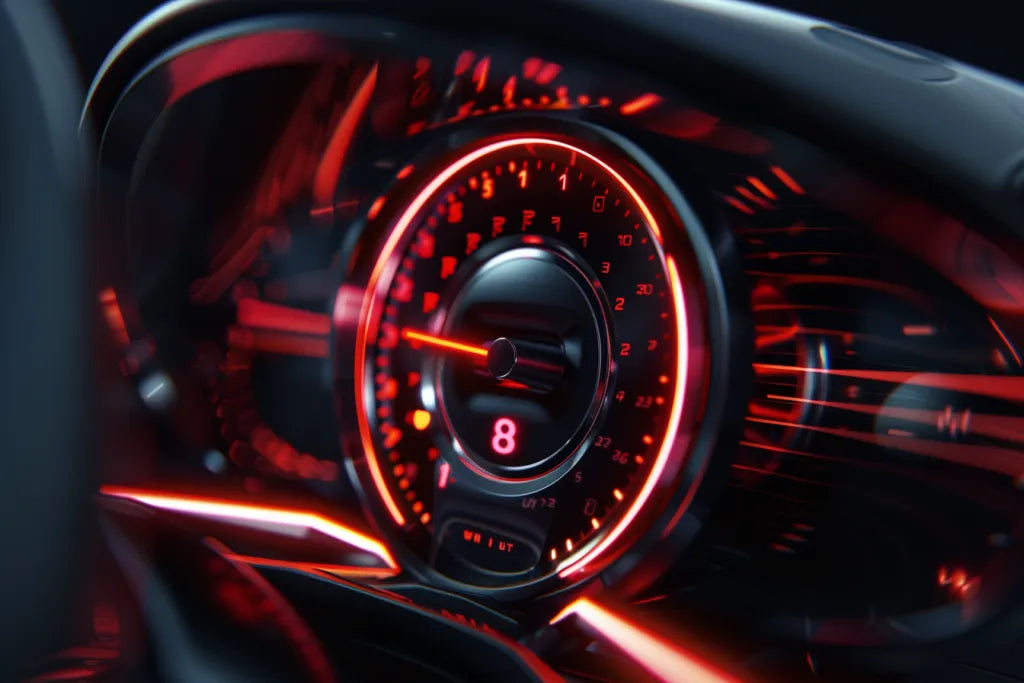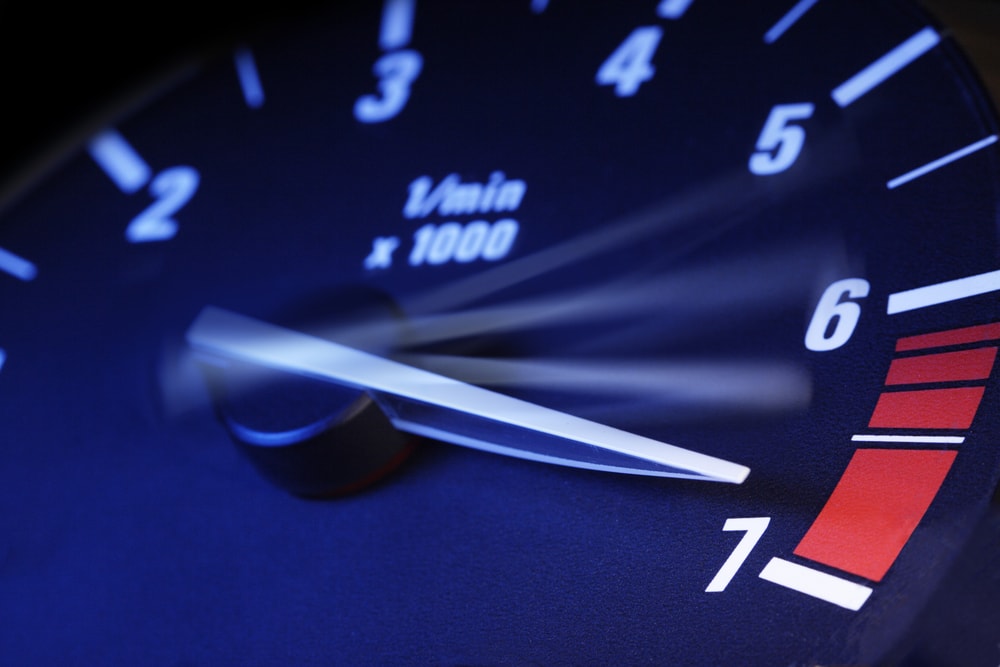
What Unit in a Tachometer System Sends Information to the Indicator?
Share
The tachometer is an essential device used across different industries to measure the speed of rotation of an object, most commonly in automotive and aviation fields. However, a crucial aspect often overlooked is what unit in a tachometer system sends information to the indicator? This article delves into the intricacies of tachometer systems, offering a closer look at their components, functionalities, and the vital role they play in ensuring accurate speed readings.
A tachometer generally operates through two main types: mechanical and electronic. These two types can further be divided into numerous variations, each boasting unique functionalities but sharing a common goaltransmitting accurate speed data to the indicator. By unearthing the basics of these systems, we aim to provide tech professionals and enthusiasts with clear insight into tachometer operations.

How Do Tachometers Work?
At the core of a tachometer is a unit that determines the speed of rotation. For mechanical tachometers, this is usually accomplished through a spinning mechanism linked directly to the rotating shaft. In contrast, electronic tachometers utilize sensors, such as Hall effect sensors, that detect magnetic fields generated by the rotating component, converting this data into readable information.
Key Components of a Tachometer System
Core Unit: This is the main unit that sends information. In a mechanical system, it's the rotating shaft; in electronic systems, it's the magnetic or optical sensor.
Indicator: It displays the speed measurement visually, often in RPM (Revolutions Per Minute).
Power Supply: This provides the necessary energy for electronic tachometers to operate.
The Mechanics Behind the Measurement
Understanding how the measurement is achieved requires a deep dive into both types of tachometers. For instance, mechanical tachometers rely on the inertia of the moving parts, while their electronic counterparts depend on precise sensors that convert physical rotation into electronic signals.
Mechanical vs. Electronic Tachometers
Choosing between a mechanical and an electronic tachometer largely depends on the application needs. Generally, electronic versions provide faster and more accurate readings, while mechanical tachometers are often simpler and more durable in extreme conditions.
The Signal Transfer Process
Once the core unit detects the speed, the process of transferring that information to the indicator begins. In electronic systems, the sensor sends a signal to an onboard computer. This computer processes the data and then translates it into a format that the indicator can display, ensuring the readings are both accurate and timely.
Beyond the Basics: Advanced Tachometer Functions
Modern tachometers often come equipped with advanced functionalities, including data logging, position feedback, and even integration with automotive diagnostic tools. These features showcase how far technology has come in optimizing the simple task of measuring rotational speed.
Common Applications of Tachometers
Tachometers find applications in various fields, from automotive to aviation. Understanding what unit in a tachometer system sends information to the indicator can help professionals select the right model for their specific needs.
Those interested in small engines may want to check out this article on the best tachometer for small engines.
Tachometers in Aviation
In aviation, tachometers are vital for monitoring engine performance. A pilot must always be aware of engine RPM to ensure optimal operation and safety. More insights into tachometers used in planes can be found in this resource: tachometers in a plane.
Testing Your Tachometer
Understanding how to test a tachometer can dramatically improve accuracy. Proper calibration and testing methods ensure that the readings reflect true engine performance. For a guide on testing procedures, refer to this article: how to test a tachometer.
Maintaining Your Tachometer
Maintenance is crucial for longevity and performance accuracy. Regular checks and troubleshooting can prevent failures that compromise readings. A detailed guide on resetting tachometers can be accessed here: resetting tachometers.
Frequently Asked Questions
1. What is a tachometer?
A tachometer is a device that measures the rotational speed of an object, typically used in vehicles and machinery.
2. How does a tachometer send information?
It sends information through a signal from a core unit, usually a sensor, to an indicator that displays the readings.
3. What are the different types of tachometers?
The two main types are mechanical and electronic tachometers, each with unique functionalities and applications.

Conclusion
Understanding what unit in a tachometer system sends information to the indicator is crucial for tech professionals. This knowledge helps in selecting the right tachometer according to specific needs. Additionally, knowing how to test and maintain a tachometer ensures longevity and accurate functionality, reinforcing its necessity in many technological applications.
